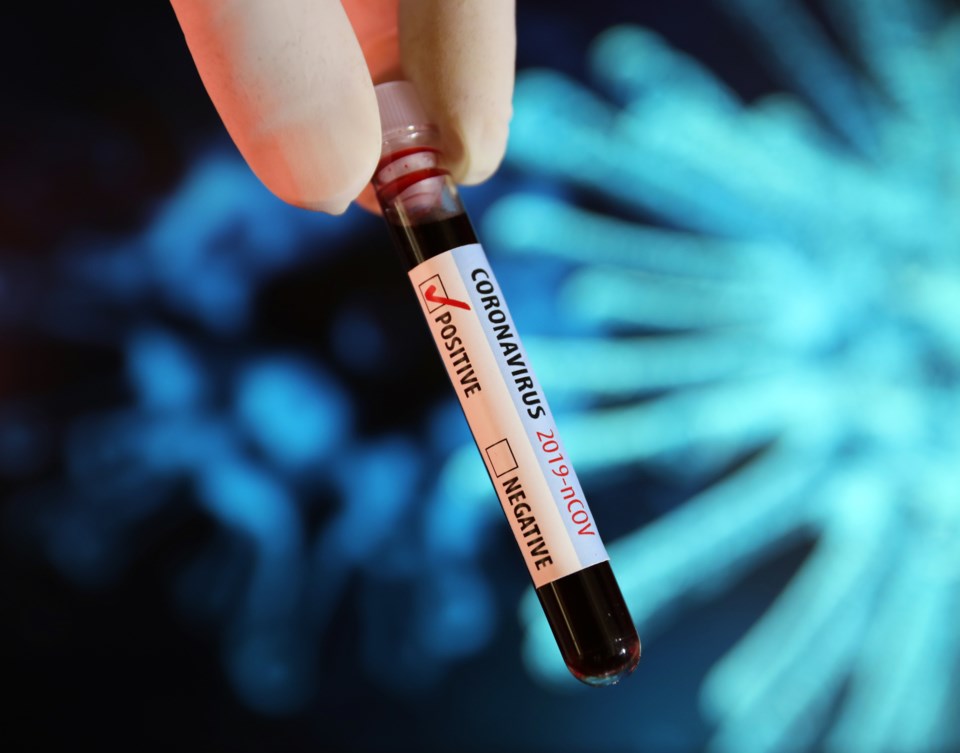KENORA – A dramatic rise in COVID-19 cases in the Northwestern Health Unit continued Sunday as the agency reported 25 new confirmed cases, and 7 more probable cases.
The Kenora region continued to drive most of the growth, accounting for all but one of the new cases. The remaining confirmed case was in the Rainy River region.
There were a record 107 active cases across the NWHU Friday, with 101 of those in the Kenora region. The health unit does not update data such as active case numbers over the weekend.
Most of the new cases are believed to be related to an outbreak in Wabaseemoong Independent Nations.
Recent cases have mostly been tied to one cluster in the Kenora region, NWHU medical officer of health Dr. Kit Young Hoon has said, while declining to identify where the cluster is located.
Wabaseemoong announced there were 12 positive cases in the community, which is located in the Kenora region, on Feb. 10.
At least 119 cases reported by the NWHU since Feb. 9 have been associated with an outbreak, according to provincial data. It’s uncertain whether all of those cases are associated with the Wabaseemoong outbreak, however.
Wabaseemoong has been under lockdown for over a week, and is receiving assistance from a veteran-led disaster relief group.
The NWHU has referred specific questions on the cluster to the Kenora Chiefs Advisory, which declined to comment on the total number of cases when reached Sunday.
Testing positivity and incidence rates for the NWHU are both now significantly higher than the provincial average in the most recent data.
The NWHU’s incidence rate was 109.5 per 100,000 between Feb. 11 and 17, a 255 per cent increase from the previous five-day period.
However, Young Hoon has said she is comfortable with the health unit remaining in the Yellow-Protect zone in the province’s COVID-19 response framework.
“Most of the cases in the Kenora area are localized to one community,” she said Friday. “The idea of using an emergency brake does not seem relevant at this point for the entire catchment area of the Northwestern Health Unit.”
